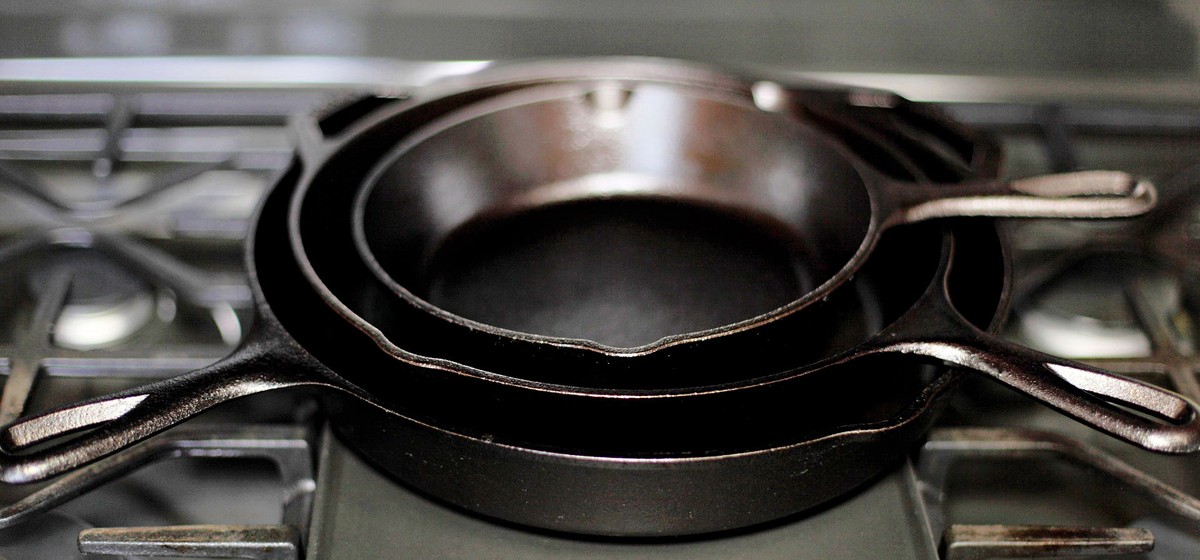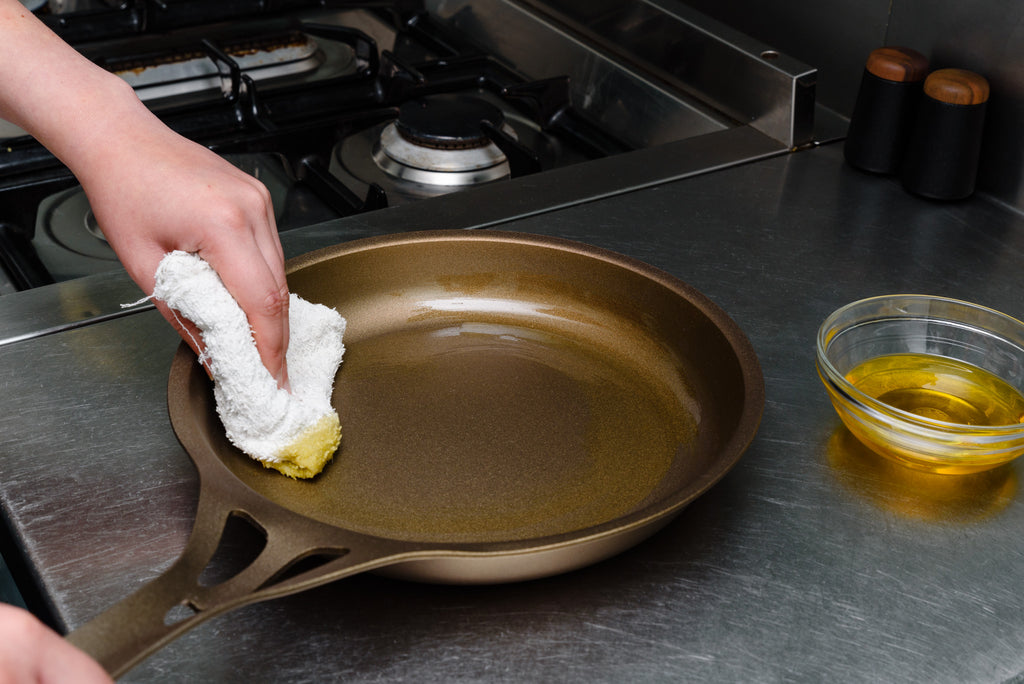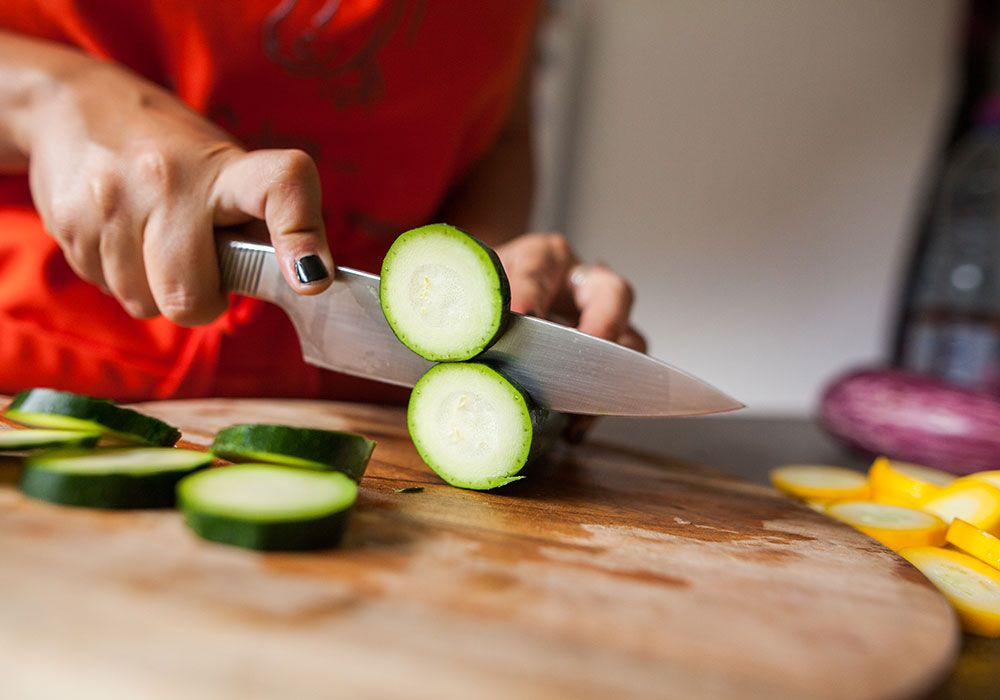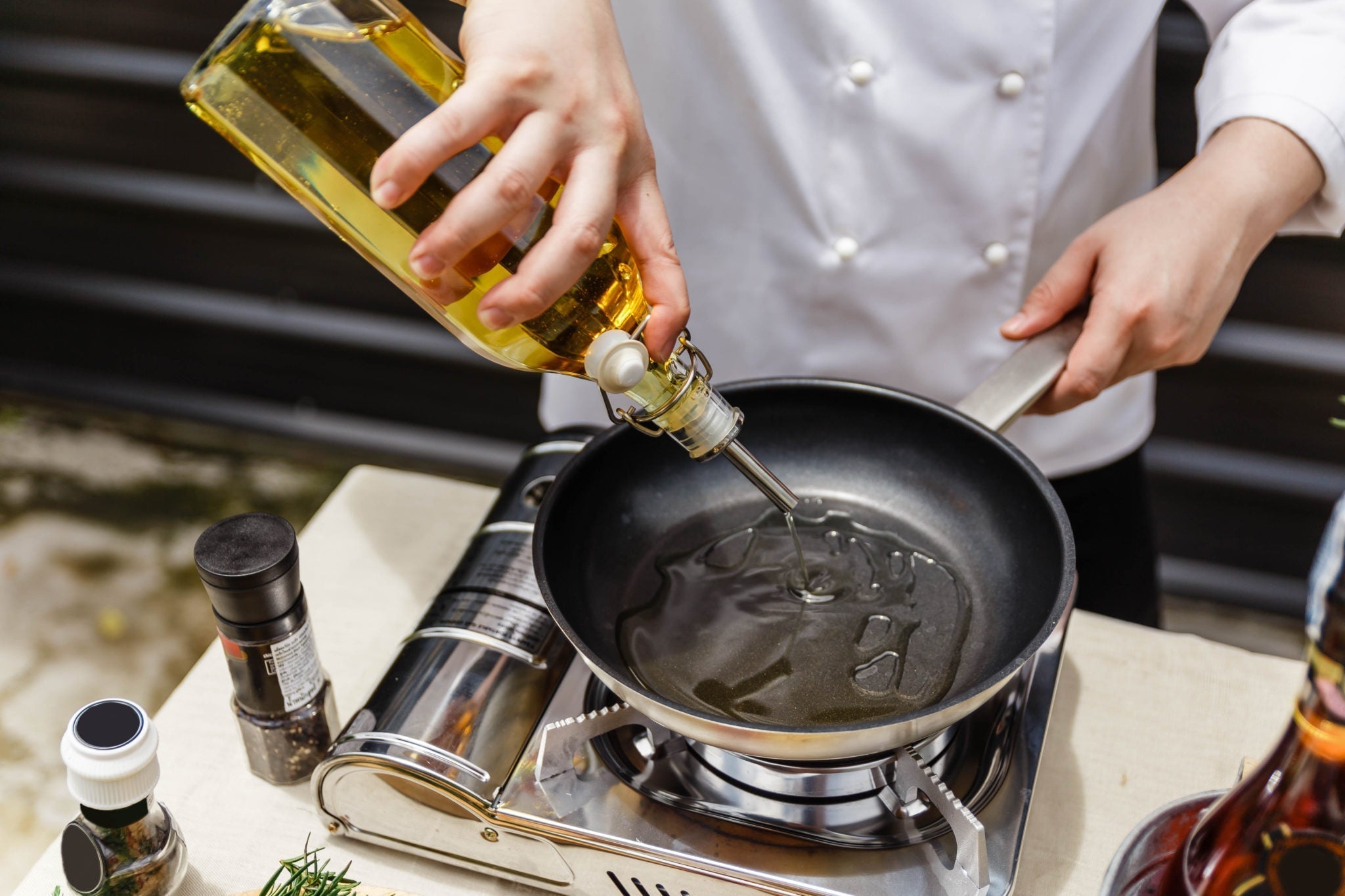In the world of cooking, seasoned cookware is paramount, and knowing how to make beeswax cast iron seasoning is a skill that every kitchen professional should master. Not only does seasoning enhance the durability of cast iron cookware, but it also enhances the flavors of your culinary creations. In this article, we will guide you through the steps required to create an effective beeswax seasoning mixture that keeps your cast iron skillets in tip-top shape.
Beeswax coating is truly a remarkable method for maintaining and protecting cast iron cookware. It forms a breathable barrier that prevents rust while providing a natural, non-stick surface. This process is essential for any chef who values the quality of their tools. Let's dive into the practical steps required and some additional tips and tricks.

The Basics of Beeswax Seasoning
Before getting into the nitty-gritty of how to make beeswax cast iron seasoning, it's essential to understand the composition and benefits of beeswax. Beeswax not only provides a protective barrier but also delivers a unique flavor profile that can complement many dishes.
What is Beeswax?
Beeswax is a natural wax produced by honey bees. It's known for its excellent moisture-retaining properties and is often used in various culinary applications. When applied to cast iron, it contributes to the seasoning process by creating a non-stick surface while also protecting the iron from moisture. For an in-depth exploration of why seasoning is necessary for your cast iron cookware, check out this purpose of seasoning article.
Essential Supplies
To successfully complete this beeswax seasoning task, you'll need a few essential items:
- Beeswax (preferably pure)
- Vegetable oil or flaxseed oil
- Double boiler (for melting)
- Clean, dry cast iron cookware
- Lint-free cloth or paper towels for application
Step 1: Prepare Your Cast Iron Cookware
Start with clean, dry cast iron cookware. If your pan has build-up or old seasoning, check this cleaning guide. Use warm water and a non-abrasive scrubber, then dry completely. Moisture is the enemy during the seasoning process.
Step 2: Create the Beeswax Mixture
In your double boiler, melt equal parts beeswax and your choice of oil (vegetable or flaxseed). The general ratio is 1 part beeswax to 2 parts oil, depending on how thick or thin you want your seasoning. Stir until fully combined.
Step 3: Application of the Seasoning
Using a lint-free cloth, apply the warm beeswax mixture liberally to the surface of your cast iron cookware. Make sure to cover all areas including the handle and any rough patches. For more seasoning techniques, see the stovetop seasoning guide.
Step 4: Baking the Seasoning
Preheat your oven to 350F (175C). Place the coated cookware upside down on the middle rack of the oven. Its a good idea to place a baking sheet underneath to catch any drips. Bake for about an hour so that the beeswax can cure effectively.
Step 5: Repeat for Best Results
Depending on the condition of your cast iron, it can require several applications. Repeat the process 2-3 times, ensuring each layer is baked in before adding another.
Benefits of Beeswax Seasoning
Using beeswax as a part of your seasoning regimen brings several benefits:
- Naturally non-stick surface
- Increased durability against rust
- Natural flavor enhancement
- Environmentally friendly option
Common Mistakes to Avoid
While many professionals understand the basics of seasoning, common mistakes can lead to less-than-ideal results. Avoid:
- Using too much moisture during the cleaning process
- Applying too thick of a layer of seasoning
- Failing to allow ample curing time
- Forgetting to clean before the next use

FAQs
What type of beeswax is best for seasoning?
Pure, food-grade beeswax is ideal. Avoid blends that contain additives.
Can I use other types of wax?
While food-grade paraffin can theoretically be used, beeswax is the best choice for flavor and performance.
How often should I season my cast iron?
This depends on usage, but typically reseasoning every few months will keep your cookware in great condition.
For further details on what seasoning does to your cast iron, check this seasoning guide.
Conclusion
Seasoning your cast iron skillets can be a life-changing technique that enhances the cooking experience. Knowing how to make beeswax cast iron seasoning puts you one step ahead as a culinary professional. With the right tools and a clear understanding of the process, your cast iron will maintain its integrity and performance for many meals to come.
As an Amazon Associate, I earn from qualifying purchases.






Leave a comment
This site is protected by hCaptcha and the hCaptcha Privacy Policy and Terms of Service apply.